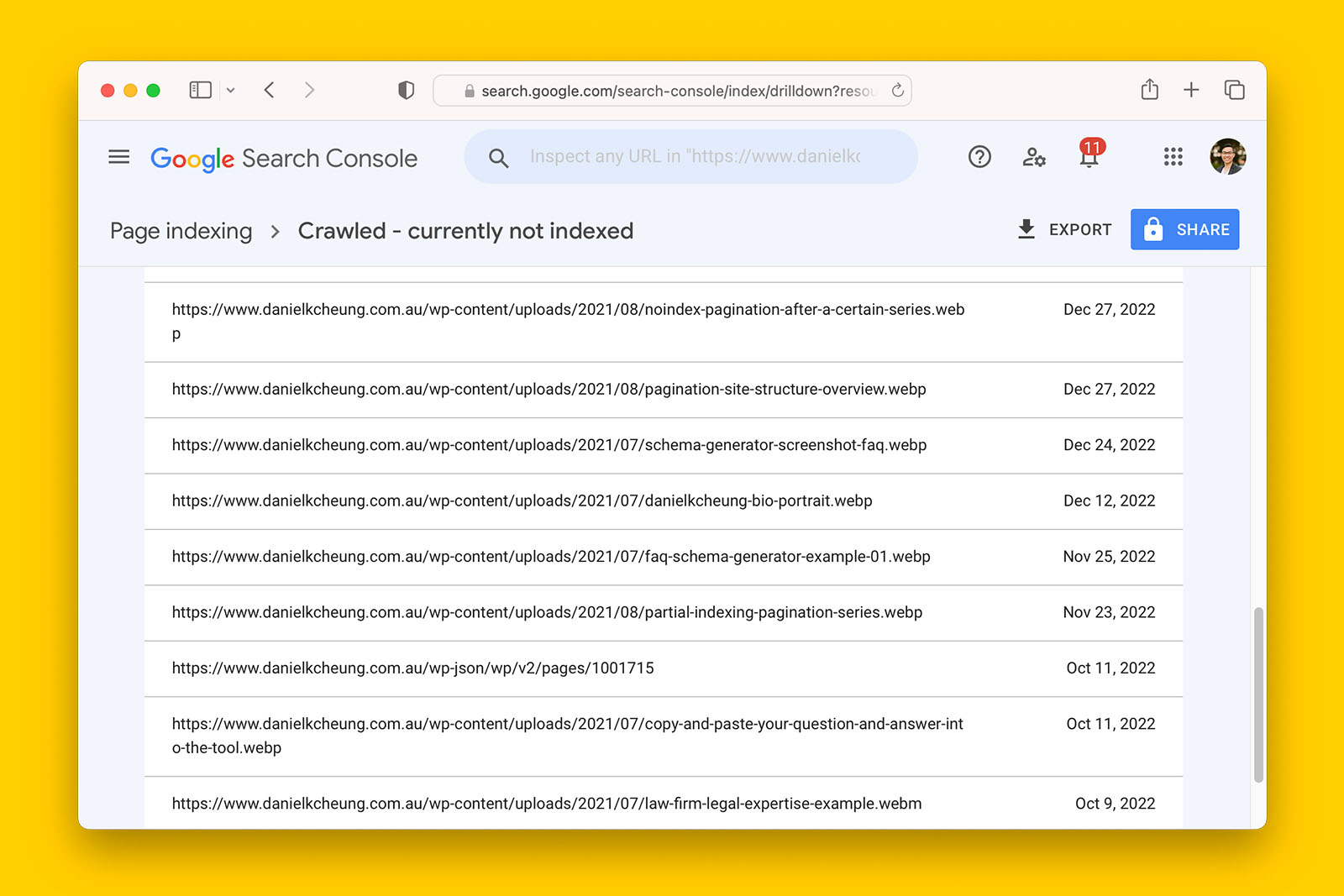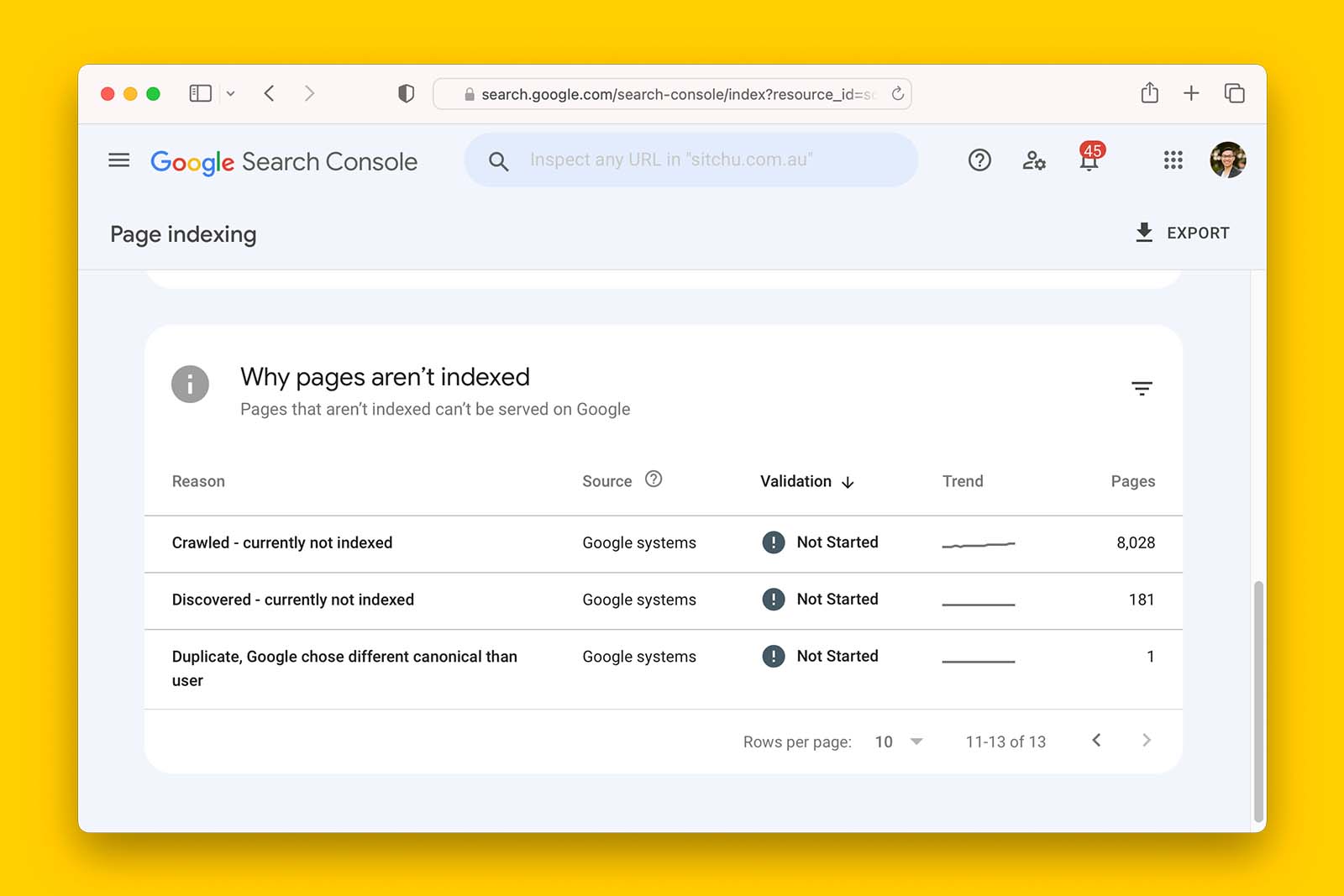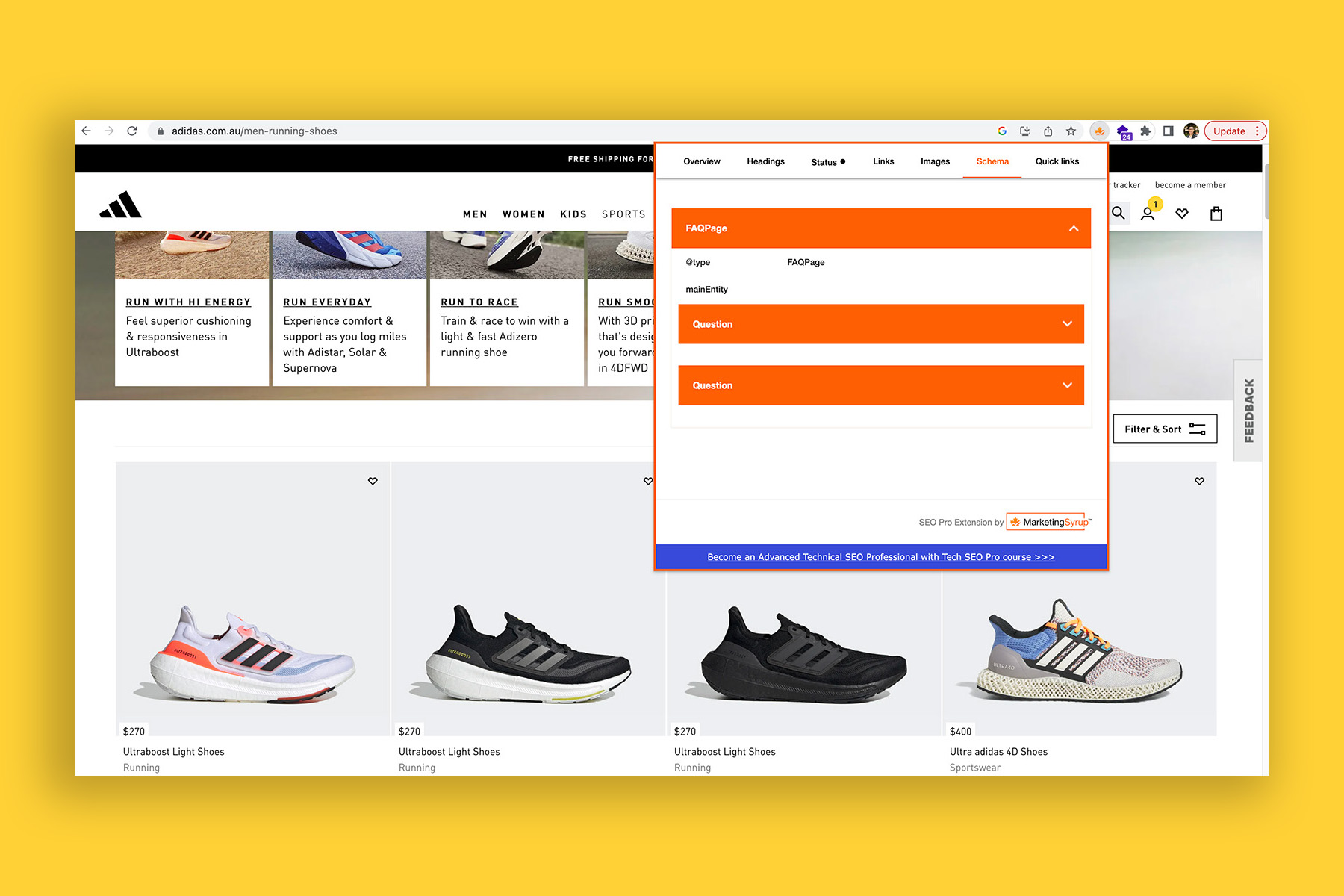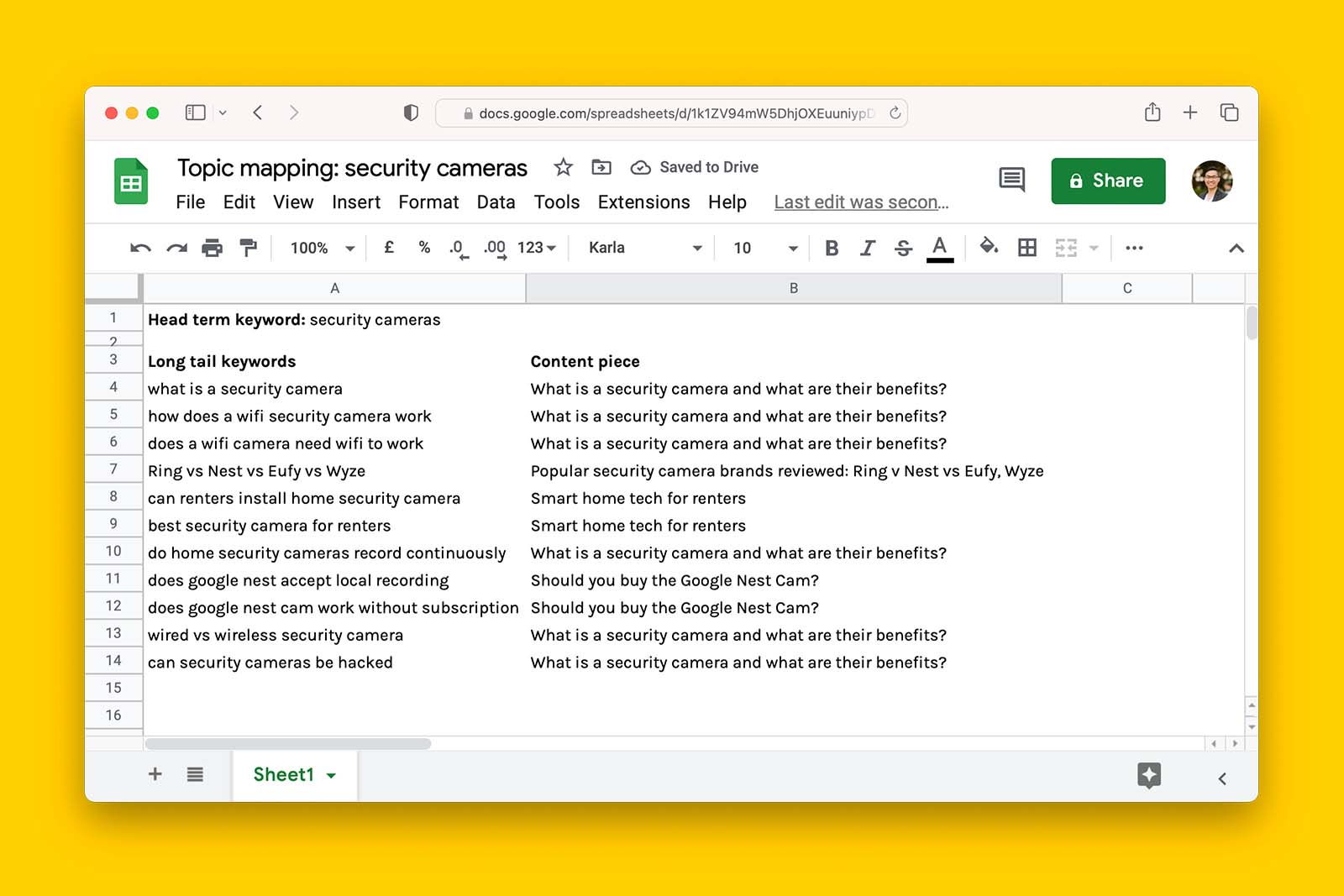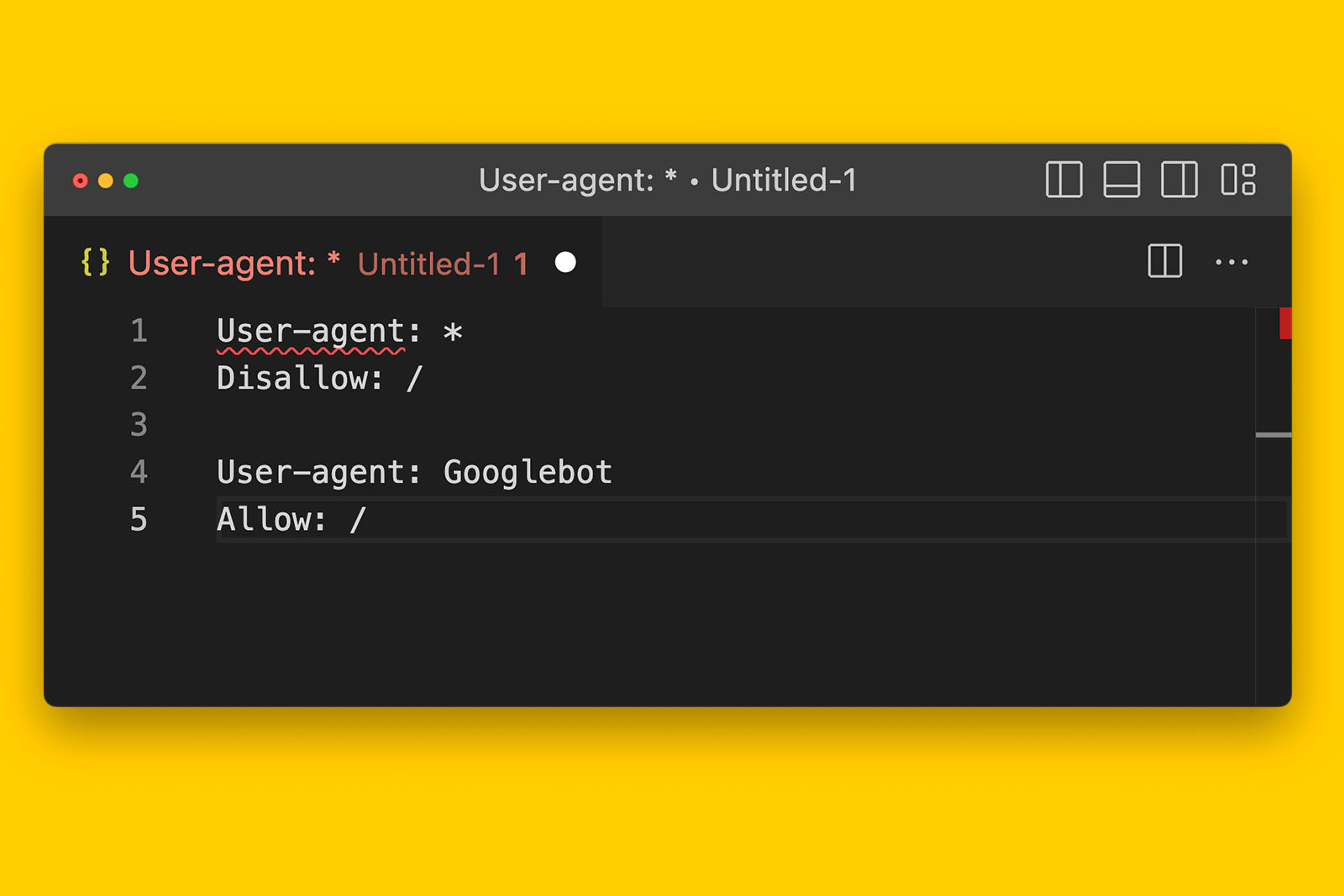The best product category page optimisation checklist you’ll find on the internet
Why product category pages are important for ecommerce websites
The product category page plays an essential role in digital marketing and sales.
- Brand discovery: People searching for a head term keyword typically do not know what they’re looking for. Instead, they are looking for ideas and for something to catch their attention. If your ecommerce product category page appears at the top of organic search, you can capture their curiosity, gain the click, and hopefully turn them into a paying customer.
- Customer acquisition: The only metric that matters in ecommerce is conversions. It’s not impressions, it’s not traffic, it’s certainly not ranking position. Conversions – this is the only thing that matters to an ecommerce business and you need paying customers to achieve this and having highly visible product category pages is one way to increasing your customer base.
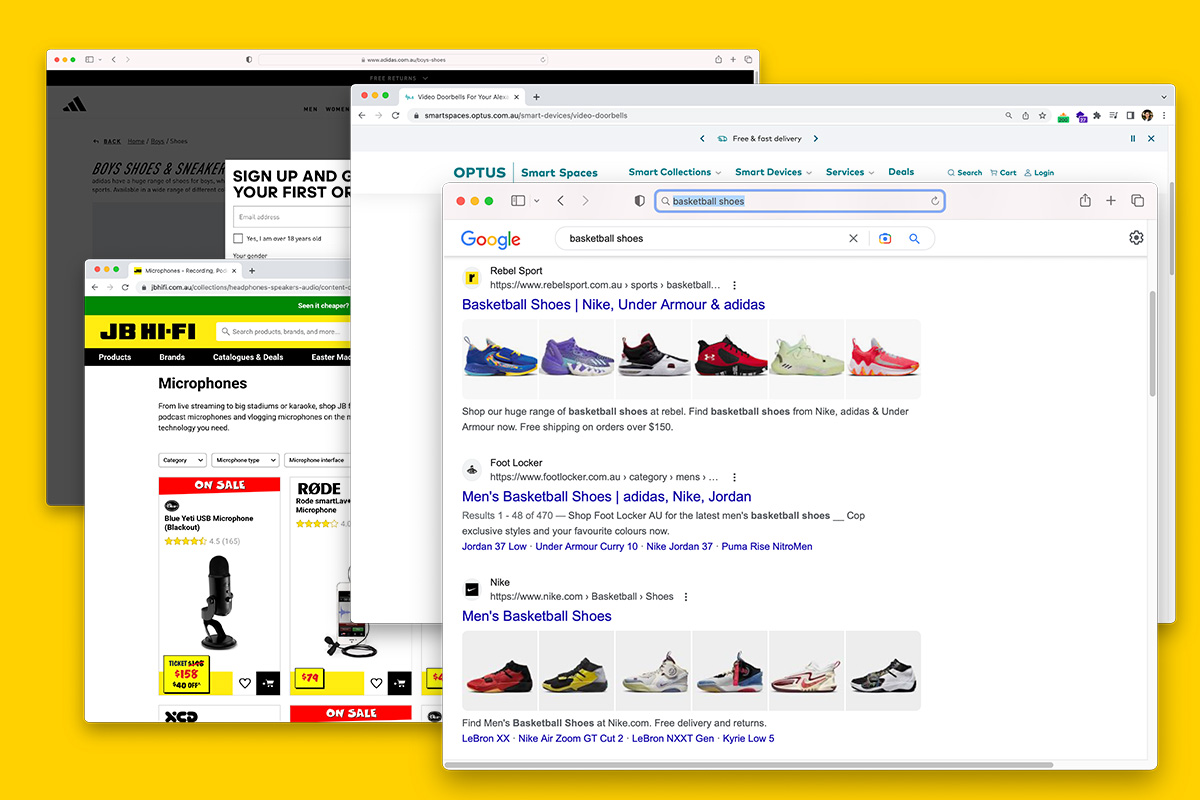
Also known as a product listing page (or PLP for short), category pages usually represent head term keywords with substantial search interest making them another reason why they’re so important to ecommerce.
But most ecommerce websites get technical SEO, on-page SEO, semantic SEO, UX, UI, accessibility, and CRO completely wrong and this leads to huge amounts of potential revenue being left on the table.
What if there were a way to make sure YOUR product category page doesn’t make these common mistakes?
What if there were a checklist that YOU could follow to make sure you’re not leaving money on the table?
Well ..
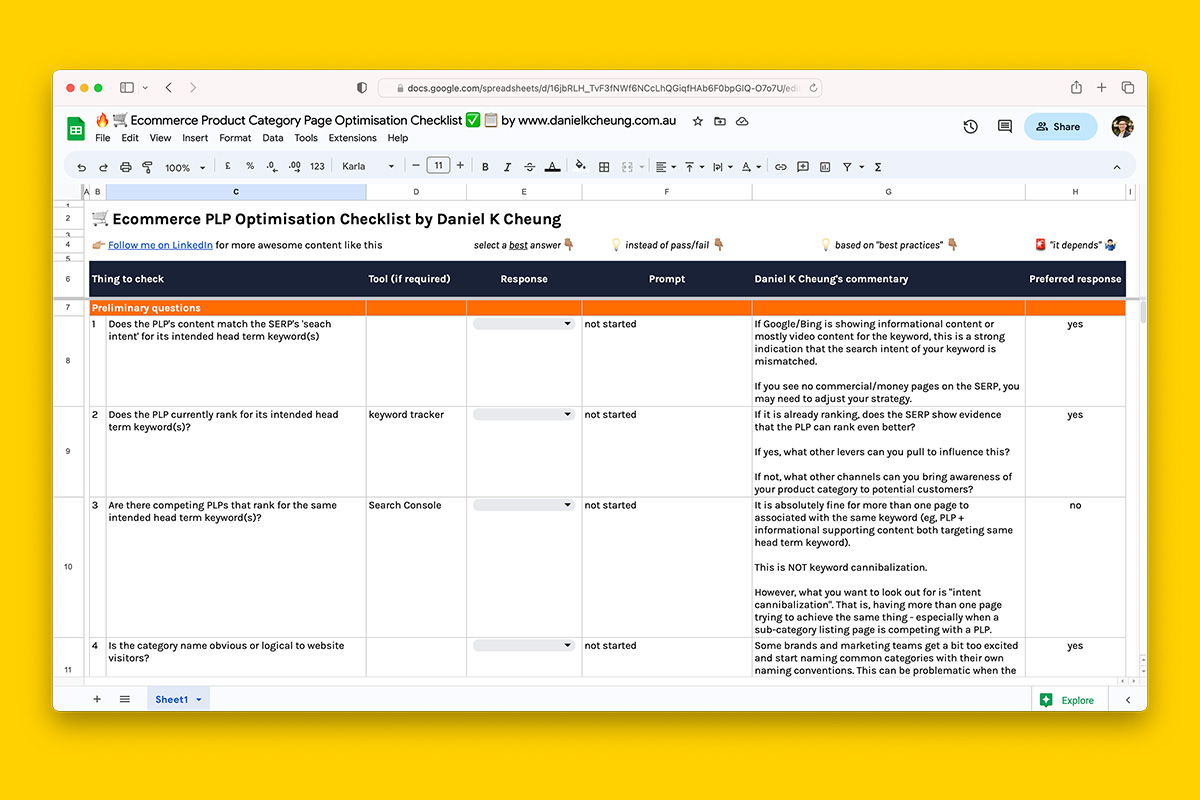
I have great news for you.
I’ve got you covered – download a copy of my Ecommerce PLP Optimization Checklist.
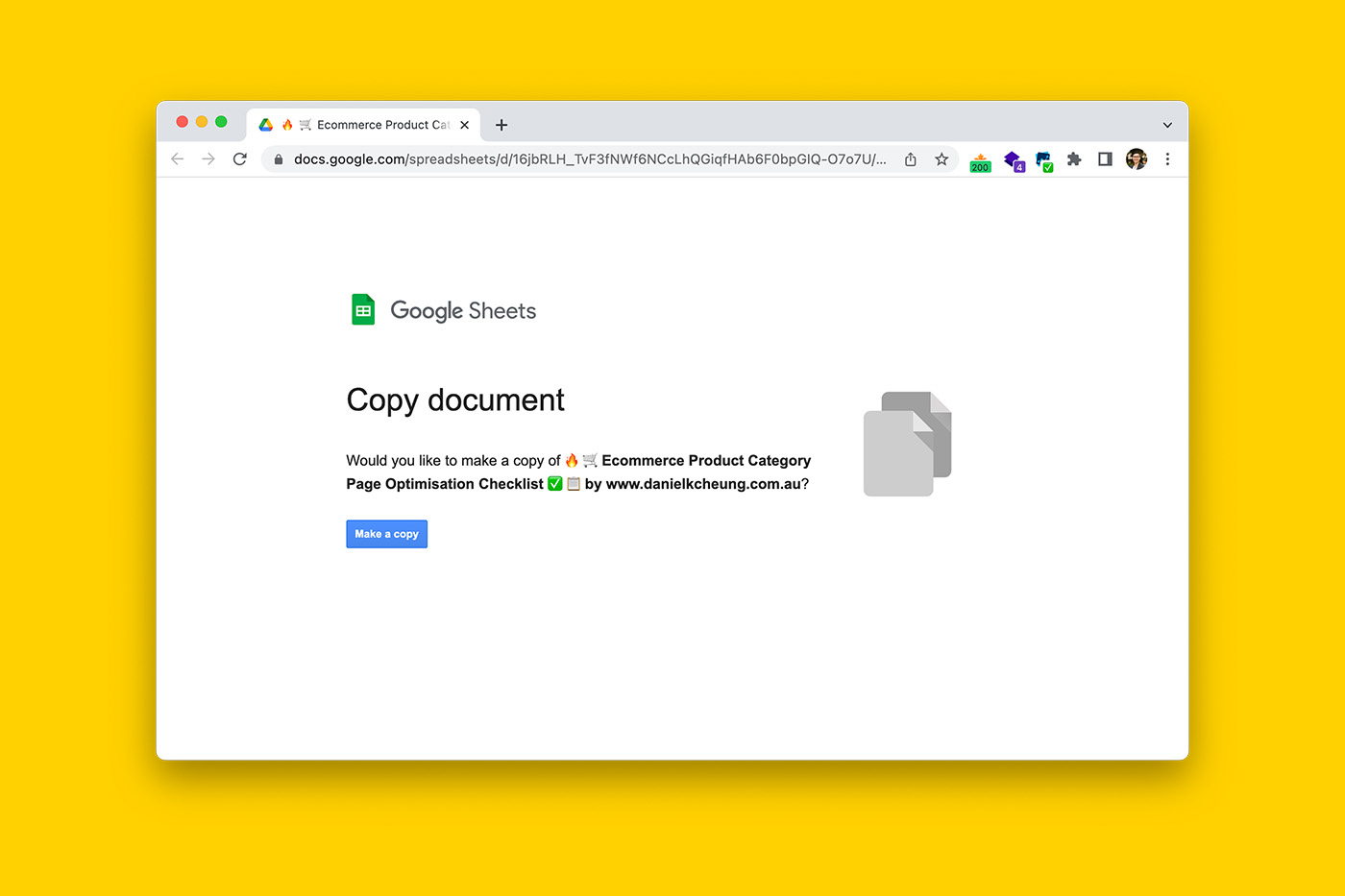
About the PLP optimisation checklist
Similar to my previous technical SEO audit checklist, the Ecommerce PLP Optimisation Checklist is designed to help you find optimisation opportunities for any product listing page (PLP) – even if you’re new to ecommerce!

- There are 100+ things to check in the Google Sheet
- These range from preliminary questions, crawling-related issues, rendering-related issues, indexing-related issues, ranking-related issues, semantic SEO, and conversion rate optimisation (CRO)
- It is NOT intended to be a document YOU deliver to YOUR client
- To be an effective agent, you must decide which issues are the most important and offer a cost/reward analysis in addition to the recommendation
How to use the Ecommerce Product Category Page Optimisation Checklist
- Column C has all the usual issues to look out for – these have been segmented into preliminary questions, crawling, rendering, indexing, ranking, semantic SEO, and conversions.
- If a tool is required, the corresponding cell in Column D will tell you what the tool is. However, it is beyond the scope of this document to provide instructions on how to carry out each check.
- After you have carried out the check, record a response in Column E using the drop-down toggle.
- This will trigger a response in the corresponding cell in Column F indicating whether or not further investigation is necessary.
- You will see two responses in Column F:
- ‘pass – unlikely issue’
- ‘requires further attention’
- In many cases, even the preferred response will prompt you to investigate further.
- In Column G, you will find my commentary and Column H shows the ‘ideal’ response.
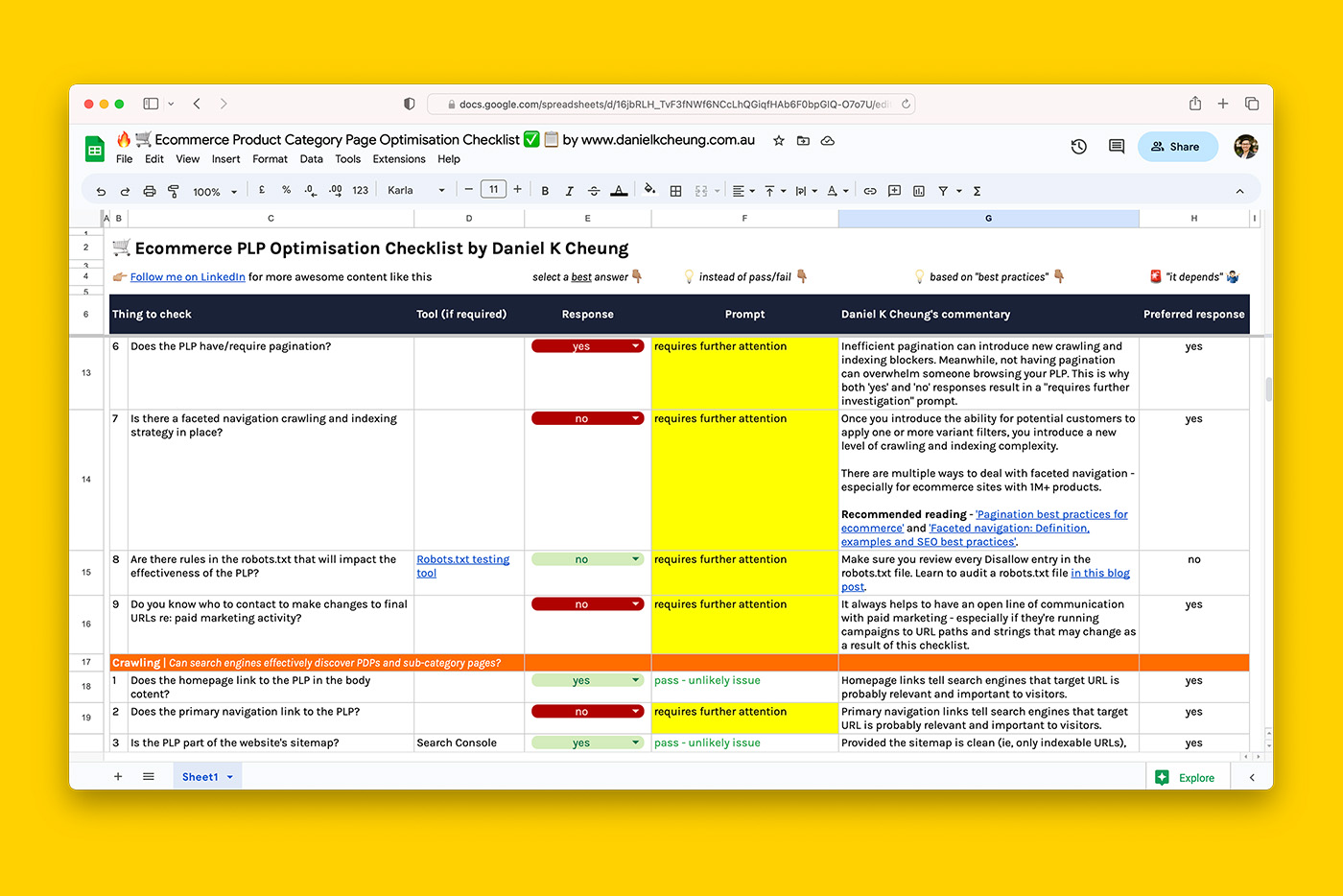
Special thanks
- Olga Zhukova
- Lyndon (also known as Darth Autocrat)

